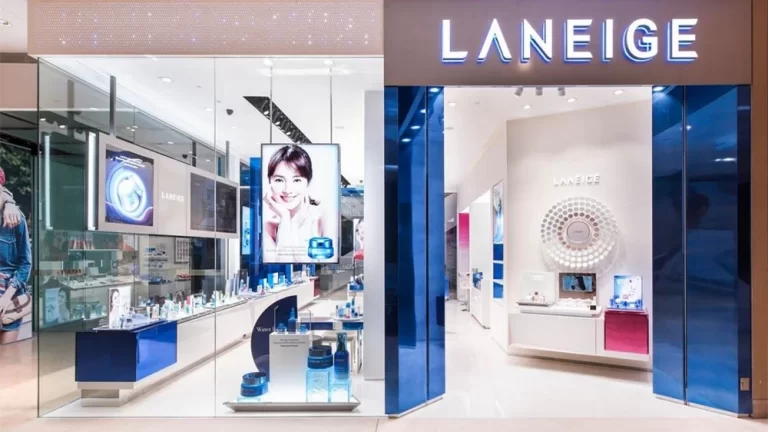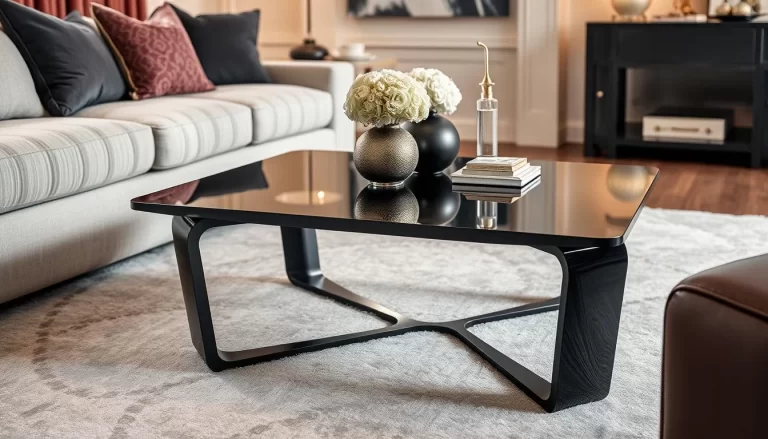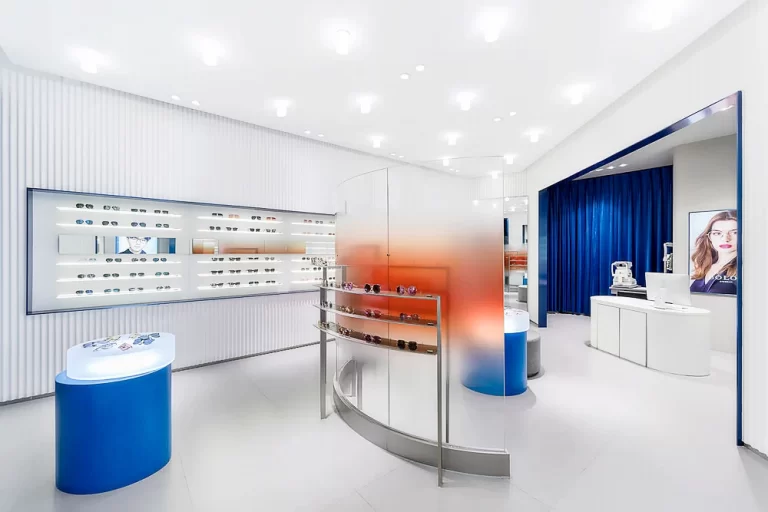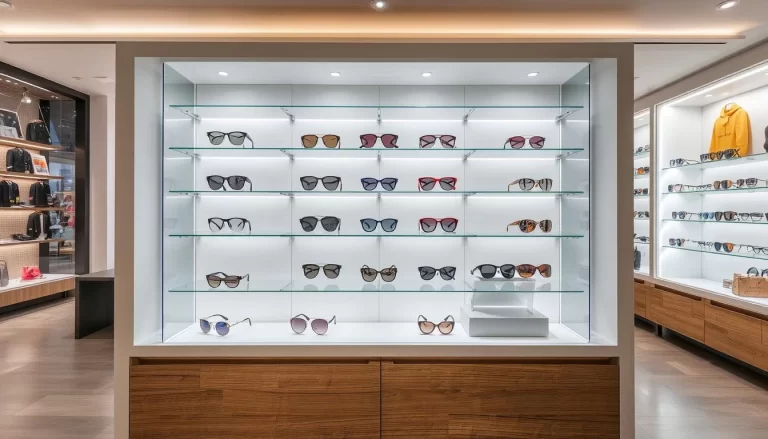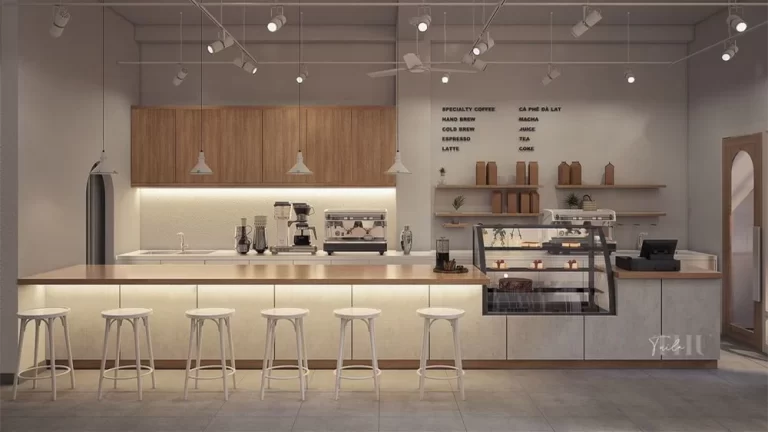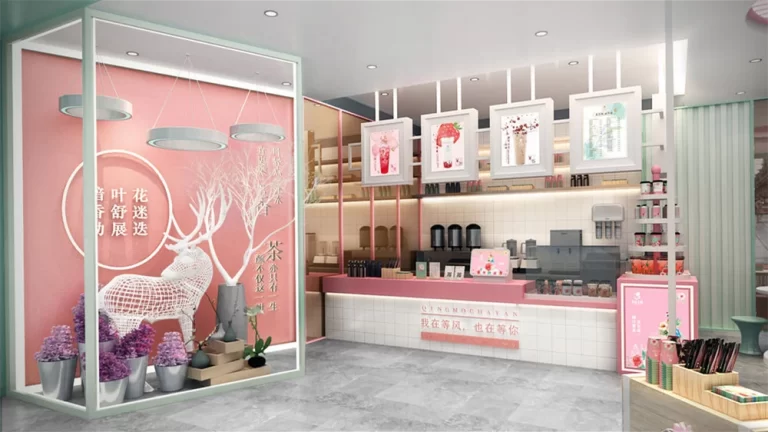Optical Interior Design & Eyewear Display Options: Transforming Retail Spaces for Success
The optical retail industry in the United States is evolving rapidly, driven by changing consumer preferences and technological advancements. For eyewear businesses, creating a welcoming and functional store environment is no longer optional—it’s a critical factor in attracting customers and driving sales. This article explores the latest trends in optical interior design and eyewear display options, offering actionable insights for retailers aiming to stand out in a competitive market.
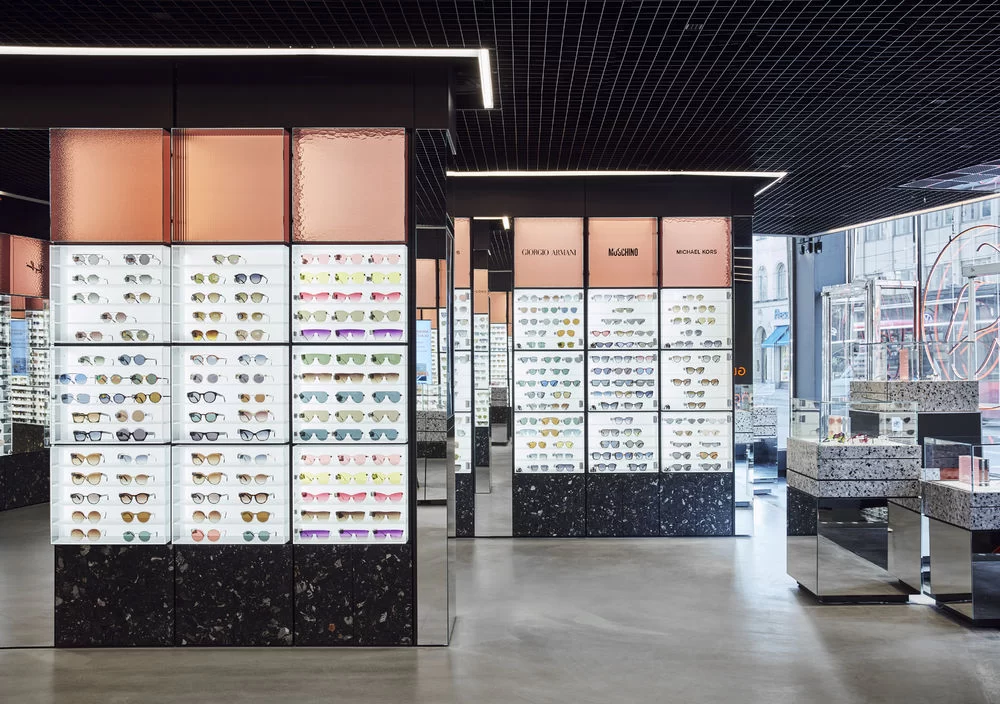
1. The Importance of Optical Interior Design
Why Store Design Matters
A well-designed optical store goes beyond aesthetics; it shapes customer behavior, enhances brand identity, and improves operational efficiency. Studies show that 70% of purchasing decisions are influenced by store ambiance. For eyewear retailers, the design must balance functionality (e.g., easy navigation for frame selection) and emotional appeal (e.g., creating a luxurious or tech-savvy vibe).
Key Elements of Effective Optical Interior Design:
-
Space Optimization: Maximize limited floor space with smart layouts (e.g., U-shaped displays for easy browsing).
-
Lighting: Use layered lighting (ambient, task, accent) to highlight products and reduce eye strain during fittings.
-
Color Psychology: Neutral tones like sand and navy blue promote calmness, while vibrant accents (e.g., terracotta) add energy.
-
Material Selection: Durable, easy-to-clean surfaces (e.g., stainless steel) ensure displays remain pristine.
2. Cutting-Edge Eyewear Display Options
Modular Displays for Flexibility
Modular systems allow retailers to adapt displays seasonally or for special promotions. For example:
-
Floating Shelves: Create a minimalist look while showcasing premium frames.
-
Rotating Towers: Enable 360° product visibility, ideal for high-traffic areas.
-
Interactive Kiosks: Integrate AR technology for virtual try-ons, enhancing customer engagement.
Table 1: Comparison of Eyewear Display Types
| Display Type | Pros | Cons | Best For |
|---|---|---|---|
| Wall-Mounted Grids | Space-efficient, customizable | Limited accessibility | Small stores |
| Tabletop Trays | Portable, budget-friendly | Prone to clutter | Budget-conscious retailers |
| Digital Screens | Dynamic content, interactive | High upfront cost | Tech-focused brands |
3. Integrating Technology into Optical Retail Design
Smart Solutions for Modern Stores
Technology is reshaping how customers interact with eyewear:
-
Virtual Try-On Tools: Apps like Ray-Ban’s Meta Smart Glaces allow customers to test styles digitally, reducing physical handling.
-
AI-Powered Analytics: Tools like SimilarWeb track foot traffic and popular display zones, helping retailers optimize layouts.
-
Light-Adjusting Mirrors: Automatically adjust brightness to mimic natural light, aiding accurate frame selection.
Case Study: LoDer Eyewear’s Success
LoDer’s San Francisco store (35 sqm) uses curved stainless steel displays to emphasize product focus while simplifying cleaning. Their earthy color palette (sand, navy, terracotta) balances urban energy with tranquility, resulting in a 40% increase in customer dwell time.
4. Sensory Marketing in Optical Retail
Engaging All Five Senses
Sensory design creates memorable experiences:
-
Visual: Bold signage and curated vignettes (e.g., seasonal themes) attract attention.
-
Tactile: Velvet-lined trays invite customers to touch frames.
-
Auditory: Soft background music reduces perceived wait times.
-
Olfactory: Subtle scents (e.g., citrus) elevate mood and brand recall.
5. Sustainability in Optical Store Design
Eco-Friendly Practices
US consumers increasingly favor sustainable brands. Retailers can:
-
Use recycled materials for displays (e.g., reclaimed wood).
-
Partner with brands like Westward Leaning, which donates $10 per sale to science education.
-
Install energy-efficient LED lighting to reduce carbon footprint.
6. Future Trends to Watch
What’s Next for Optical Retail?
-
Pop-Up Stores: Temporary setups in high-traffic areas to test new markets.
-
Hybrid Spaces: Combine retail with cafés or art galleries to build community.
-
Personalized Zones: Dedicated areas for consultations using AI-driven tools like ChatGPT to draft tailored recommendations.
Conclusion
Optical interior design and innovative display strategies are pivotal for success in the US eyewear market. By embracing modular displays, integrating technology, and prioritizing sustainability, retailers can create spaces that resonate with modern consumers. As competition intensifies, staying ahead requires continuous adaptation to trends like sensory marketing and hybrid retail models.

